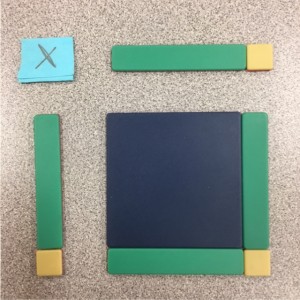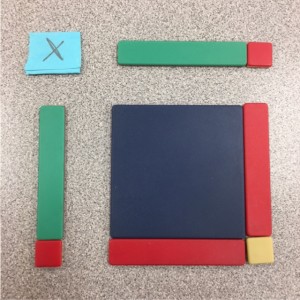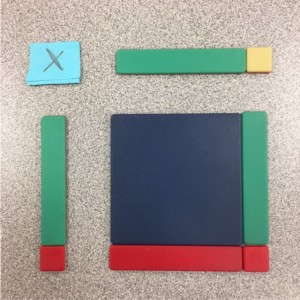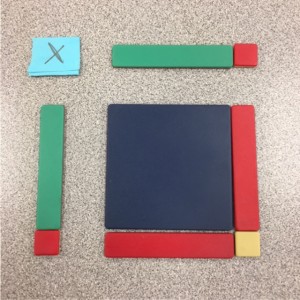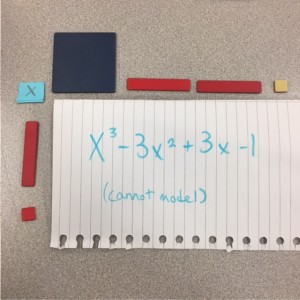1.
2.
When squaring polynomials, it’s a good idea to write out the whole equation, so you don’t have any exponents. This makes it easier to see all the operations you have to do. Multiply the first value of the first bracket by the first value in the second bracket, then the second value. Then you do the same thing, but with the second value of the first bracket.
3.
With equations like this, you can use the same distributive property used in the previous questions, but you just have to be careful with the signs – it’s really easy to get a completely different answer because you forget to put a negative sign in there.
4.
For powers of three, you write the whole thing out, then do the first part, which is the same as squaring a polynomial. Then, you multiply it by itself again! It’s just taking the previous two strategies into one question. Take it step by step, and it’s not nearly as scary as it looks!

